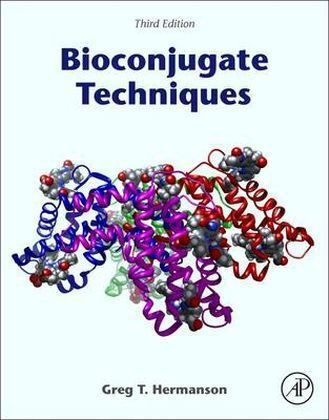Read more
Klappentext Bioconjugate Techniques, 3e, is the essential guide to the modification and crosslinking of biomolecules for use in research, diagnostics, and therapeutics. It provides highly detailed information on the chemistry, reagent systems, and practical applications for creating labeled or conjugate molecules. It also describes dozens of reactions, with details on hundreds of commercially available reagents and the use of these reagents for modifying or crosslinking peptides and proteins, sugars and polysaccharides, nucleic acids and oligonucleotides, lipids, and synthetic polymers. Zusammenfassung A guide to the modification and cross linking of biomolecules for use in research! diagnostics! and therapeutics. It provides information on the chemistry! reagent systems! and practical applications for creating labeled or conjugate molecules. It offers a one-stop source for proven methods and protocols for synthesizing bioconjugates in the lab. Inhaltsverzeichnis 1. Introduction to Bioconjugation2. Functional Targets for Bioconjugation3. The Reactions of Bioconjugation4. Zero-Length Crosslinkers5. Homobifunctional Crosslinkers6. Heterobifunctional Crosslinkers7. Trifunctional Crosslinkers8. Dendrimers and Dendrons9. Cross-Bridges and Cleavable Reagent Systems10. Fluorescent Probes11. (Strept)avidin - Biotin Systems12. Isotopic Labeling Techniques13. Silane Coupling Agents14. Microparticles and Nanoparticles15. Immobilization of Ligands on Chromatography Supports16. Buckyballs, Fullerenes, and Carbon Nanotubes17. Chemoselective Ligation; Bioorthogonal Reagents18. PEGylation & Synthetic Polymer Modification19. Vaccine and Immunogen Conjugates20. Antibody Modification and Conjugation21. Liposome Conjugates and Derivatives22. Enzyme Modification and Conjugation23. Nucleic Acid and Oligonucleotide Modification and Conjugation24. Bioconjugation for the Study of Protein Interactions

